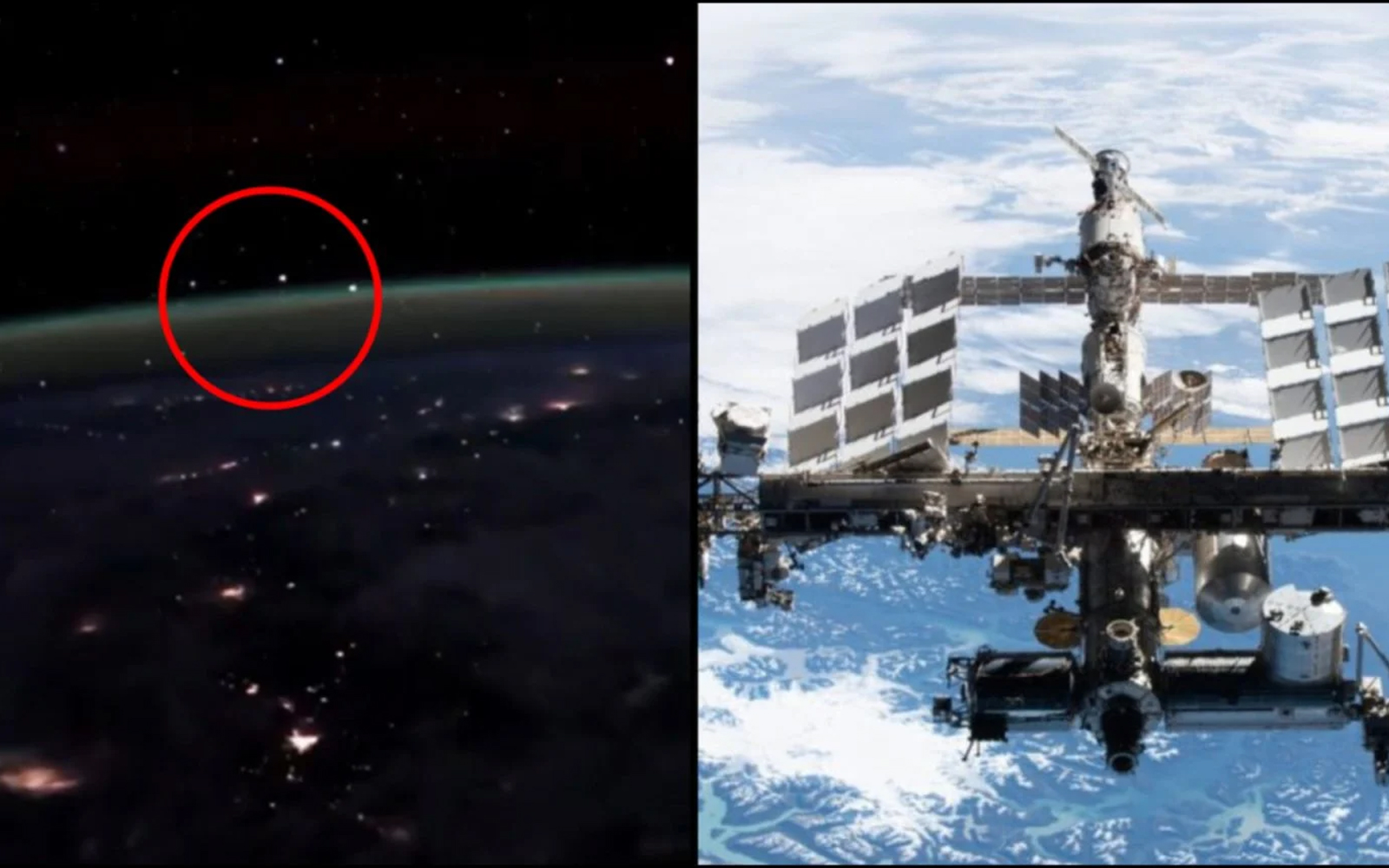
NASA astronaut Don Pettit recently shared a captivating video from the International Space Station (ISS) on the social media platform X.
The footage shows tiny flickering lights dancing above Earth’s horizon, which Pettit poetically referred to as “cosmic fireflies.” However, these lights are not a natural phenomenon but the reflection of sunlight off SpaceX’s Starlink satellites, according to Gizmodo. While the footage inspires awe, it also highlights the growing issue of light pollution in space.
Since 2019, SpaceX has been deploying Starlink satellites to provide internet access to remote and underserved areas. Currently, there are over 6,700 Starlink satellites in low Earth orbit, with plans to expand to as many as 42,000. The U.S. Federal Aviation Administration has so far approved up to 12,000.
Challenges posed by Starlink satellites
Starlink satellites have created significant challenges for astronomers. The satellites reflect sunlight, creating bright streaks on observatory images that disrupt scientific data and make sky observations more difficult. The situation is expected to worsen with the launch of additional megaconstellations. China, for example, plans to deploy a project called “Thousand Sails,” involving over 13,000 satellites.
A recent study revealed that the new generation of Starlink satellites is equipped with direct-to-cell (DTC) technology, allowing them to connect directly to mobile networks. These newer satellites are five times brighter than their predecessors, further complicating astronomical observations. Flying at an altitude of just 350 kilometers, they are highly visible and interfere more frequently with telescope imaging.
Starlink satellites orbit Earth every 90 minutes, increasing their presence in the night sky. Moreover, in telescope images, they appear “blurred” or broader, exacerbating the issue of light pollution and hindering astronomical research.


